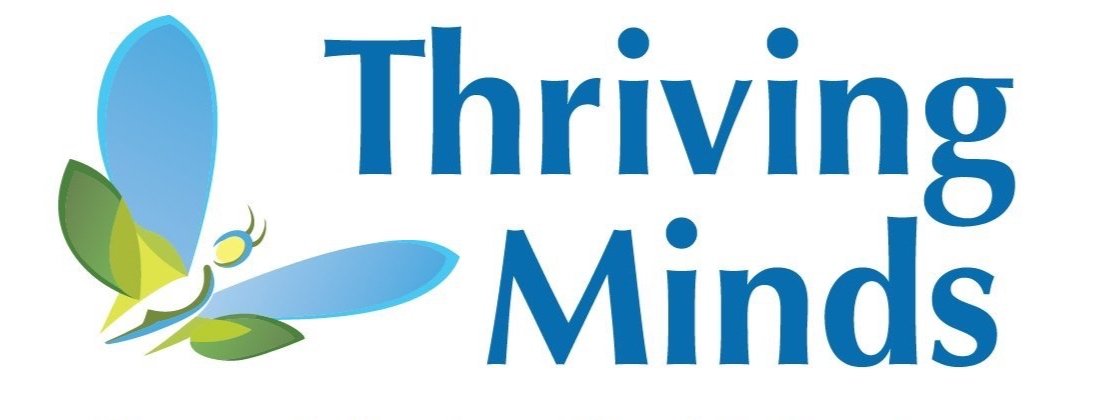Building Confidence: Thoughtful Challenges for Children and Teens with Social Anxiety
Does your child struggle going to lunch or approaching groups of people, fearful of how they will be received? Are presentations always a struggle because your child is convinced they will do something to embarrass themselves? Many children experience thoughts like these, which can lead to avoidance of these and other social situations. This article will tell you how to support your child in approaching these situations, helping them face their fear and reengage with school and peers.
Social Anxiety
Social anxiety is the fear of social or performance situations where there is the possibility of being viewed negatively by others. Most children with social anxiety will avoid these situations entirely, or else they suffer through them with intense discomfort, potentially being extremely quiet, “preparing” what they want to say ahead of time, or analyzing what they said after the fact. As you can imagine, this can be challenging and time consuming, making participating in activities and maintaining friendships difficult. However, there are steps children and teens can take to work through these worries.
1. Identify the Fear
First, it is helpful to figure out what your child is afraid will happen. To do this, consider the social or performance situations that are challenging for your child and asking them directly what they think will happen if they tried to participate. Many children are worried that they will be embarrassed and often overestimate how painful and long-term this embarrassment will last (“Everyone will remember forever!”). Others may be convinced that they’ll be rejected. Once you know what they’re afraid of, you’ll be able to help them find a way to approach the situation in a way that’s manageable.
2. Agree on What your Child is Willing to Do
Because socially anxious kids find these situations extremely uncomfortable, they might do whatever they can to avoid them entirely. However, avoidance makes these fears seem more real and likely to happen. Therefore, it’s important to meet your child where they are and discuss what they are willing to do. For some children, this could be answering a question out loud in class or waving at someone. It doesn’t have to be a “big” step to make a difference. Overcoming fears relies on consistent practice rather than giant leaps forward.
3. Check in After: Was it the Worst Case Scenario?
After you know what your child is worried might happen, check in to see what actually happened. Usually, it went better than they expected. Even if the situation doesn’t go as planned, it can be a helpful reminder that they can handle challenging situations. You can express pride in their willingness to try to overcome their fears, recognizing that the outcome is not always in their control.
Ultimately, while it’s natural to want to reduce anxiety by avoiding a potentially scary situation, it’s key to be your child’s cheerleader to help them be brave. The goal is that your child learns that life doesn’t always happen as anxiety says it will and, if it does, they have the ability to handle it!
Additional Resources
You can find additional resources on our website, under “Resources for Anxiety”, where we recommend books and other online resources that discuss childhood anxiety and how to address it.
Additionally, you can make an appointment for a consultation with a provider who can work with your child in therapy, helping them challenge anxiety at their own pace with a trained professional.

